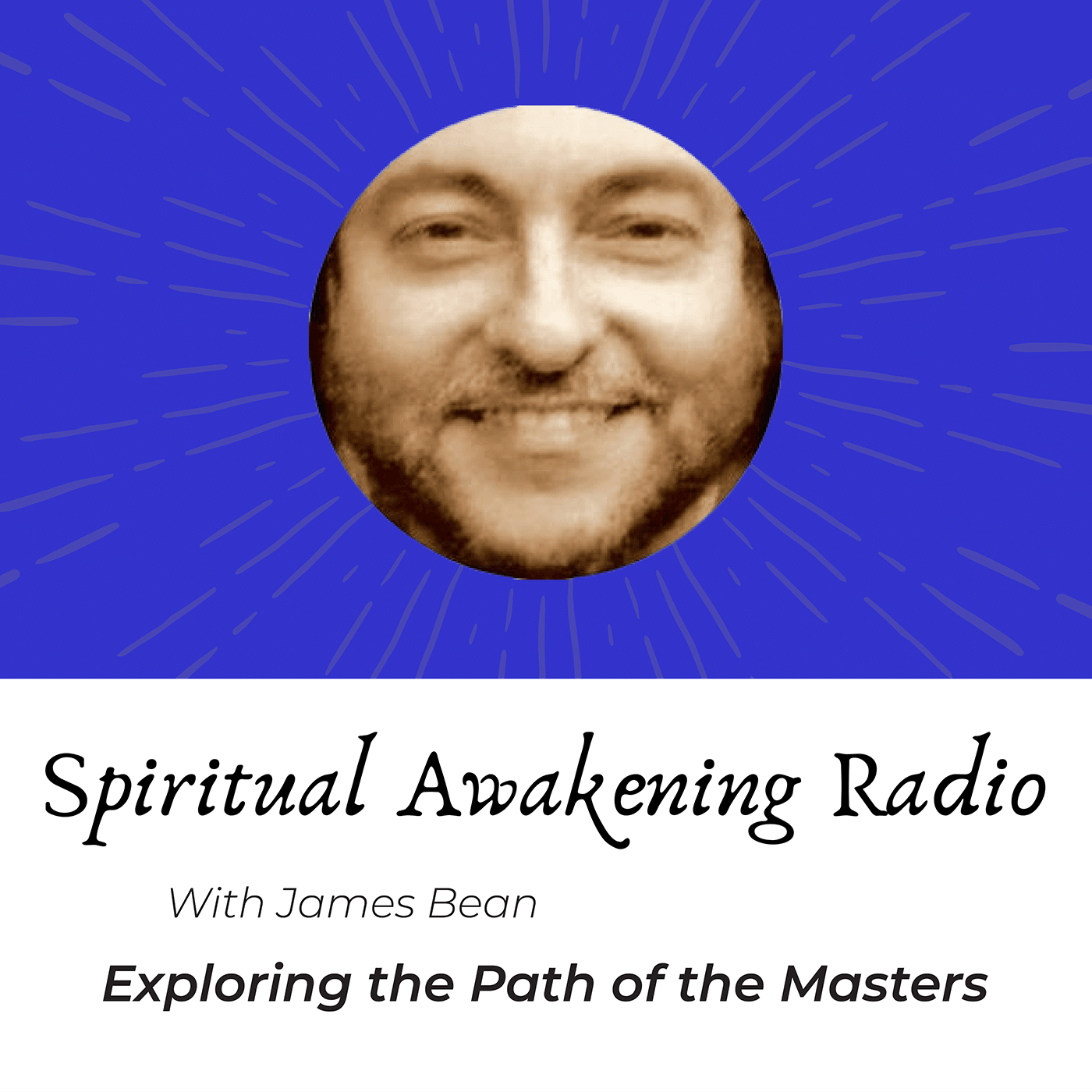- After-Shows
- Alternative
- Animals
- Animation
- Arts
- Astronomy
- Automotive
- Aviation
- Baseball
- Basketball
- Beauty
- Books
- Buddhism
- Business
- Careers
- Chemistry
- Christianity
- Climate
- Comedy
- Commentary
- Courses
- Crafts
- Cricket
- Cryptocurrency
- Culture
- Daily
- Design
- Documentary
- Drama
- Earth
- Education
- Entertainment
- Entrepreneurship
- Family
- Fantasy
- Fashion
- Fiction
- Film
- Fitness
- Food
- Football
- Games
- Garden
- Golf
- Government
- Health
- Hinduism
- History
- Hobbies
- Hockey
- Home
- How-To
- Improv
- Interviews
- Investing
- Islam
- Journals
- Judaism
- Kids
- Language
- Learning
- Leisure
- Life
- Management
- Manga
- Marketing
- Mathematics
- Medicine
- Mental
- Music
- Natural
- Nature
- News
- Non-Profit
- Nutrition
- Parenting
- Performing
- Personal
- Pets
- Philosophy
- Physics
- Places
- Politics
- Relationships
- Religion
- Reviews
- Role-Playing
- Rugby
- Running
- Science
- Self-Improvement
- Sexuality
- Soccer
- Social
- Society
- Spirituality
- Sports
- Stand-Up
- Stories
- Swimming
- TV
- Tabletop
- Technology
- Tennis
- Travel
- True Crime
- Episode-Games
- Visual
- Volleyball
- Weather
- Wilderness
- Wrestling
- Other
The Ancient Origins of the Spiritual Path (Origins of Sant Mat Series)
There are references in Krishna Vaishnava texts to Sants. A few of the Rishi Sages who authored certain Upanishads pertaining to the Formless God, Inner Light and Sound Meditation or Nada/Shabda Yoga (some dating back many centuries B.C.E.) also seem to be at the same level as Sants. "There is no end to the number of Sants [Saints] who appeared in the Yugas [Epochs] of Sat, Treta, Dvapar, and Kali [Yuga]. I sing of the celebrated one I have heard of, and bow my head to all the others." (Jan Gopal, disciple of Sant Dadu Dayal of Rajasthan) Everyone in contemporary Sant Mat has a clear idea about their own recent history of Masters, at least dating back a few generations. Most trace their lineage of gurus back to Sant Tulsi Sahib of Hathras, India. Tulsi Sahib (1763–1843) is viewed as the adi-guru or founding guru, the "great grandfather" of modern-day Sant Mat. The identity of Sant Tulsi Sahib's guru has understandably been of great interest to many students of Sant Mat history. It's quite normal for followers of a spiritual path to be curious about "the family tree" of previous masters, wanting to know where their spiritual path comes from. So, who was the guru of Tulsi Sahib? And who was that individual’s guru? Who was the guru before that? And so on. I've attempted to do with Sant Mat research what I did which Christianity, lost books of the Bible and Gnostic Gospels, tracing things back to the beginning, collecting and making use of all the texts that are available to arrive at the clearest understanding possible, without regard to orthodoxy, doctrinal conformity or tradition, simply out of curiosity and a love for truth wherever that may lead. Anyone dull of heart and mind, not curious about the history of this family tree of Masters and the ocean of devotional literature, granths, sagars, banis, and bhajans they created, might also not necessarily possess a ruling passion for the teachings and meditation practice of contemporary Sant Mat either. For me, history is not a boring or dry thing. Not at all. Rather it is quite exciting, even spiritual and liberating! "One thing that all factions agree upon, though, is that Tulsi Sahib consolidated the teachings of nirguna bhakti, expounded the path of surat shabd yoga, and was largely responsible for the popular usage of the term Sant Mat. His teachings are embodied in Ghat Ramayana, Ratan Sagar, and Shabdavali." (David C. Lane, The Radhasoami Tradition) Commonly used words like "Sant", "Sat", and "Mat", with their roots in Sanskrit, are found in the literature of many spiritual paths originating in India. "Santmat", as a single word referring to the efficacy of following the teachings of Sants does turn up on a couple of occasions in Sant literature during the centuries prior to the time of Tulsi Sahib. It is present in a few verses of Kabir, and is in at least one verse of a poem of Sant Goswami Tulsidas, author of the epic Ramcharitmanas: "Ihaan na pachhapaat kachhu raakhaun. Ved puran santmat bhaakhaun". Clearly however, "Sant Mat" or "Santmat" as the universal name or label for this school of spirituality or Sant tradition begins with Tulsi Sahib. In his spiritual classic, Ghat Ramayan, the term "Sant Mat" was coined by Sant Tulsi Sahib of Hathras during the 19th Century. In Divine Love, Light, and Sound, Naam Bhakti, James Bean Sant Mat Satsang Podcasts Spiritual Awakening Radio https://www.SpiritualAwakeningRadio.com

